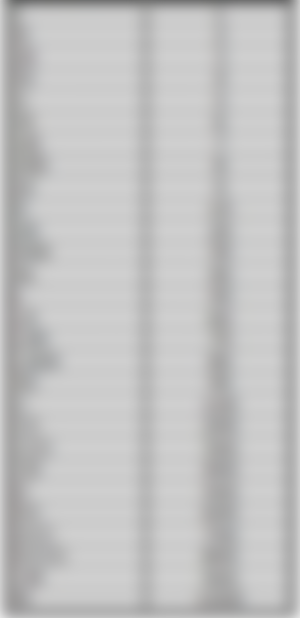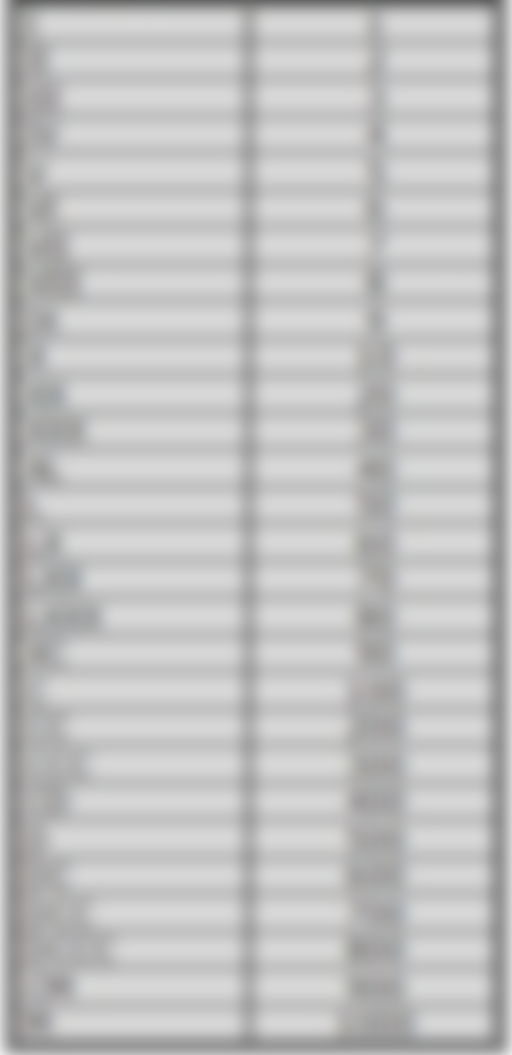It is a system of representing numbers invented by the ancient Romans. Numbers are created by a combination of seven symbols, which denoted certain numbers in the system of Arabic numerals:
I = 1
V = 5
X = 10
L = 50
C = 100
D = 500
M = 1000
In ancient Rome, zero appeared in calculations as zero, which meant "nothing", but it was not considered a number and was written as a word. The disadvantages of the Roman numeral system are:
1) no number of zeros,
2) inability to write decimal numbers,
3) a large number of digits when writing large numbers,
4) the largest number that can be written down is 3999-MMMCMXCIX.
Rules for forming Roman numerals
Numbers that do not have their own digit are formed by adding and subtracting numbers that have their own digit:
1) a digit after a digit of equal or greater value is added to that value, for example:
II = 2
VI = 6
LX = 60
2) if the digit of the lower value is in front of the digit of the higher value, then the smaller digit is subtracted from the larger one, for example:
IX = 9
XL = 40
CD = 400
3) one digit can be used up to three times in a row, for example:
3 = III, so 4 = IV (not IIII)
30 = XXX, so 40 = XL (not XXXX)
800 = DCCC, so 900 = CM (not DCCCC)
4)when a digit is between two digits of a higher value, its value is subtracted from the value of the second and added to the value of the first digit, for example:
XIV = 10 + (5 - 1) = 14
CXC = 100 + (100 - 10) = 190
DXL = 500 + (50 - 10) = 540
5) in case there are two ways to represent the number, the one in which the digit of higher value appears first in the record has priority, for example:
14 is XIV (10 + 4), not VIX (5 + 9)
29 is XXIX (20 + 9), not IXXX (9 + 20)
49 is XLIX (40 + 9), not IL (50 - 1)
The following figure shows all the numbers of the first ten, then all the tens of the first hundred, as well as all the hundreds of the first thousand.

Some examples of larger Roman numerals:
CCCLXVI = 366
DCCXLVIII = 748
MCDXXV = 1425
MCMLXXXI = 1981
MMIII = 2003
MMMDLXXIV = 3574
Some more interesting facts about roman numerals
The ancient Romans learned to count from the Greeks. As trade developed rapidly in their time, the need grew for numbers to be written down in as simple a way as possible. The way of writing numbers at that time came from Greece, but it originated from the east, and the Romans improved it considerably.
The mark for one was marked with the sign I, which corresponds to one human finger. The number five, V, was created in the shape of a human hand with five fingers, where the thumb is separated from the others. The number ten, X, which corresponds to the number of fingers on both hands, was obtained as the figure of two crossed hands. The other digits L (50), C (100), D (500) and M (1000) are the first letters of the Latin names for these numbers.
Roman numerals are still used today, most often when enumerating or writing down years.

na zalost u eri digitalizacije sve manje mesta nalaze gde se mogu upotrebiti, inace sam veliki fan rimskih brojeva, verovatno zato sto se puno koriste u hemiji, mojoj velikoj pasiji